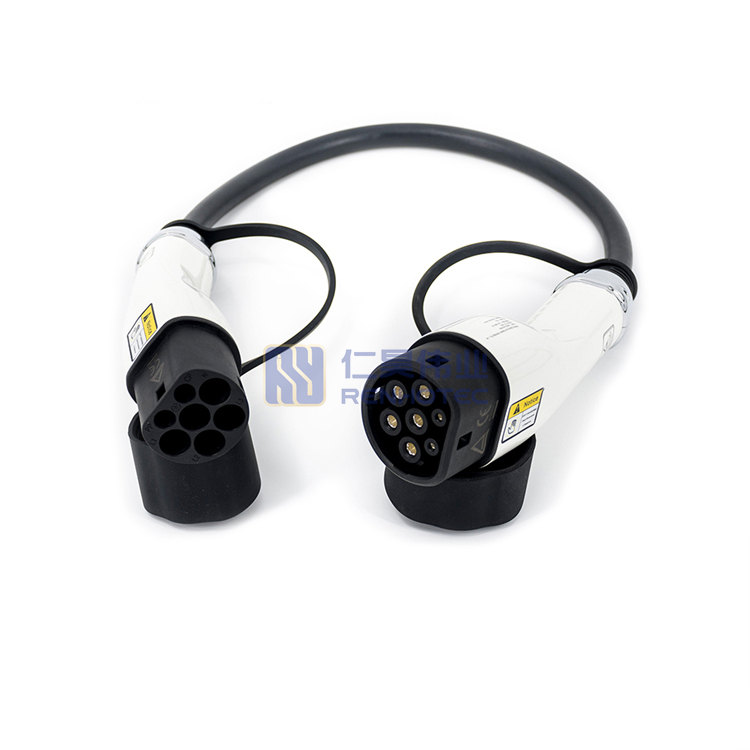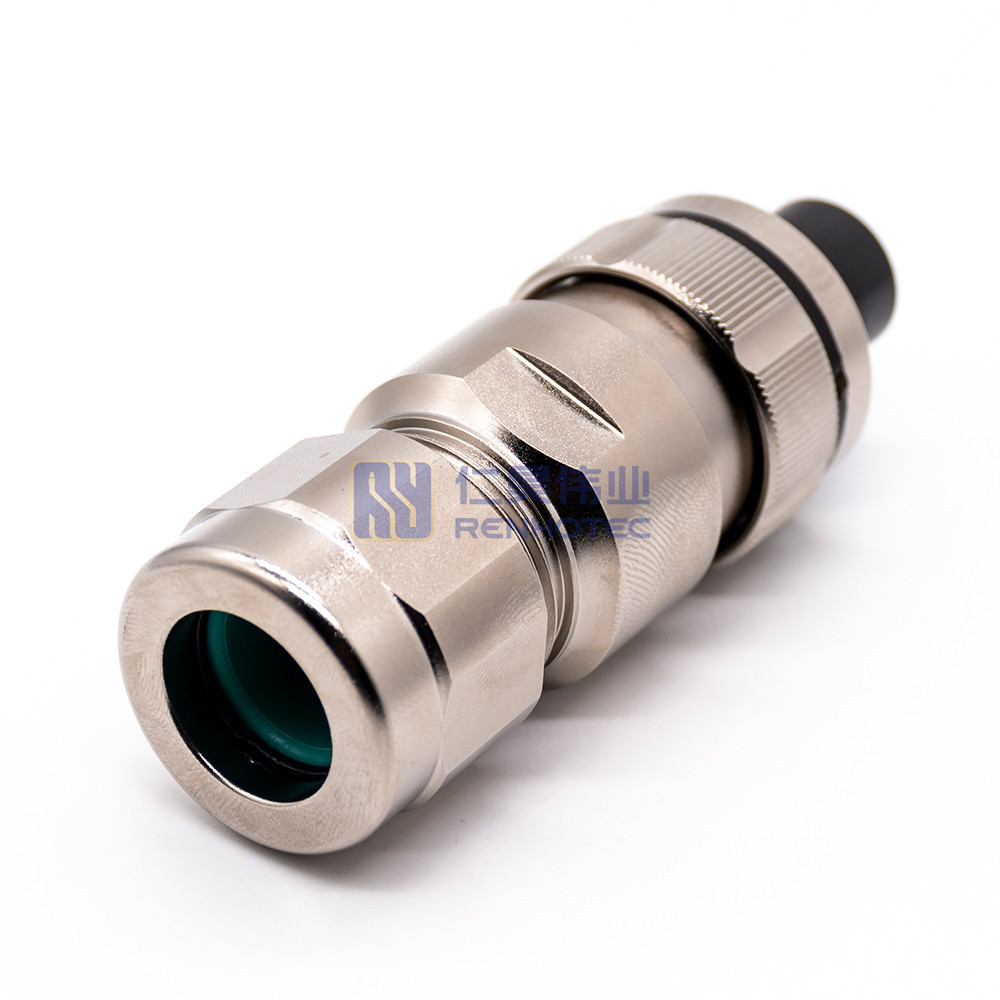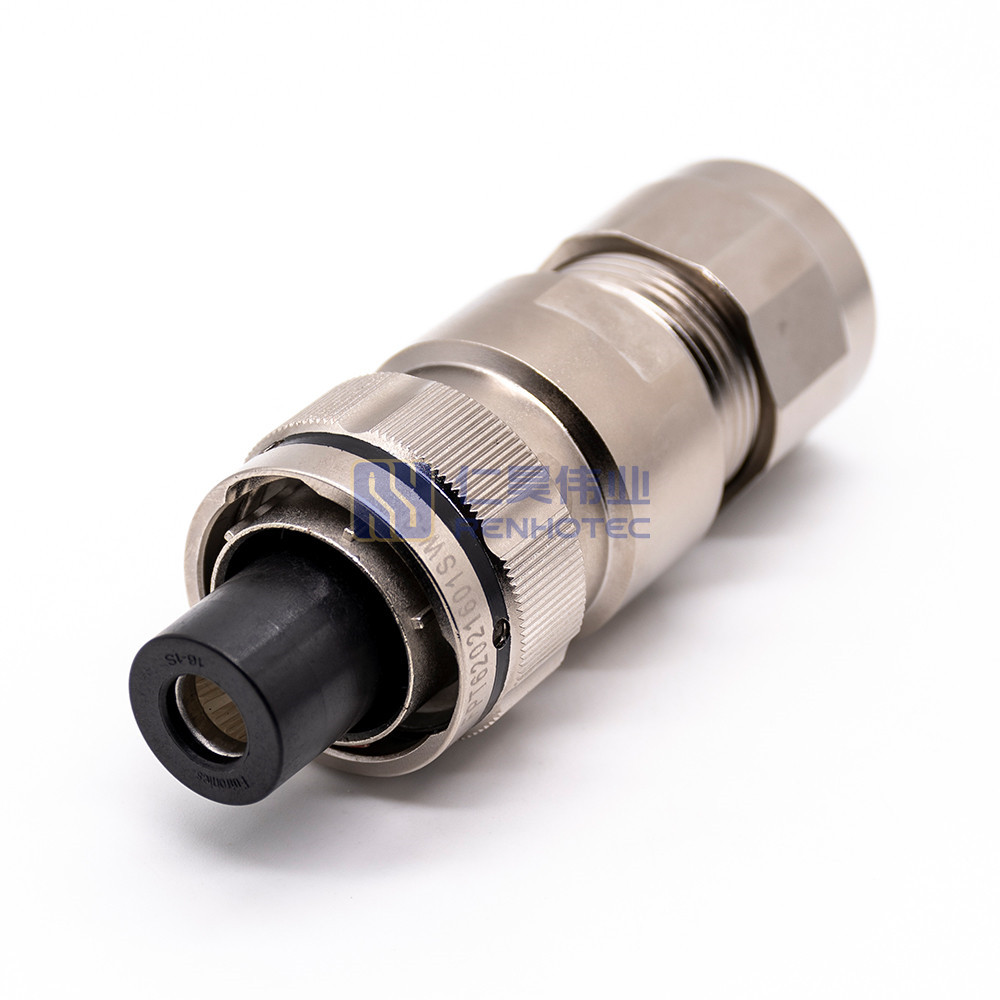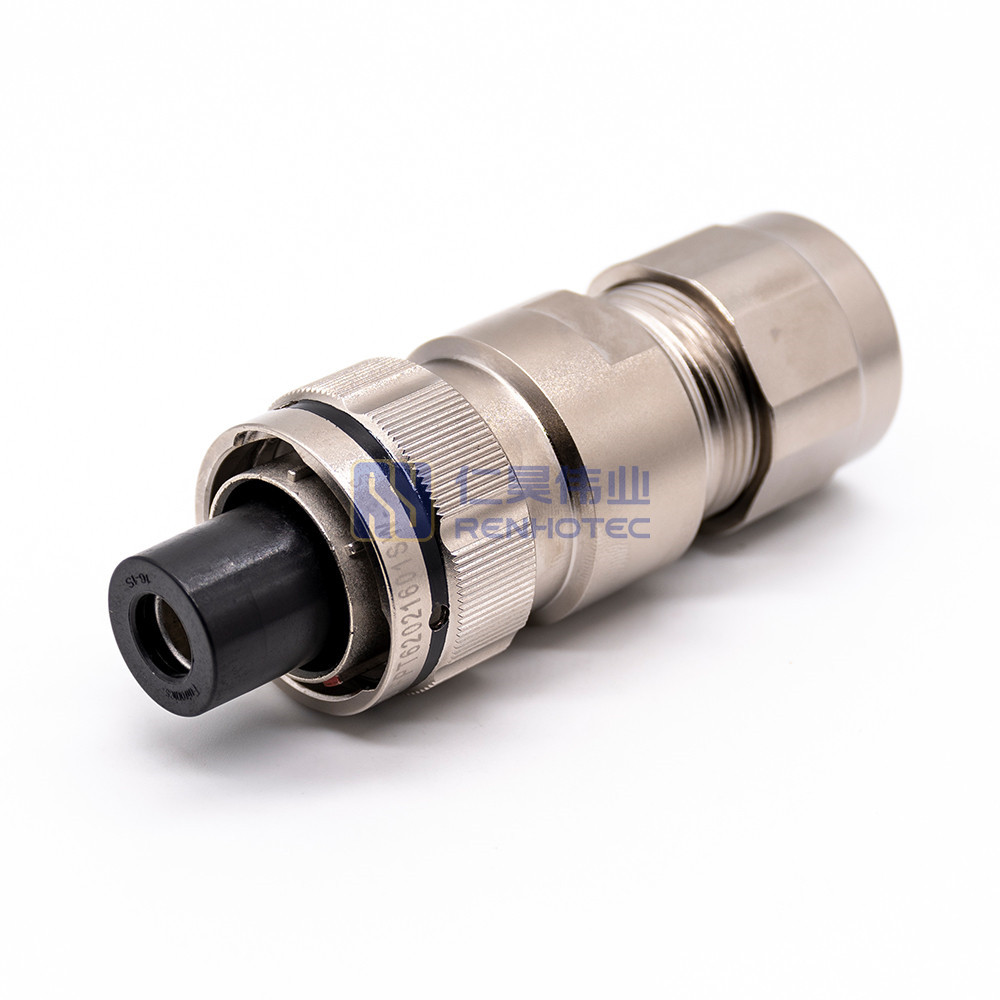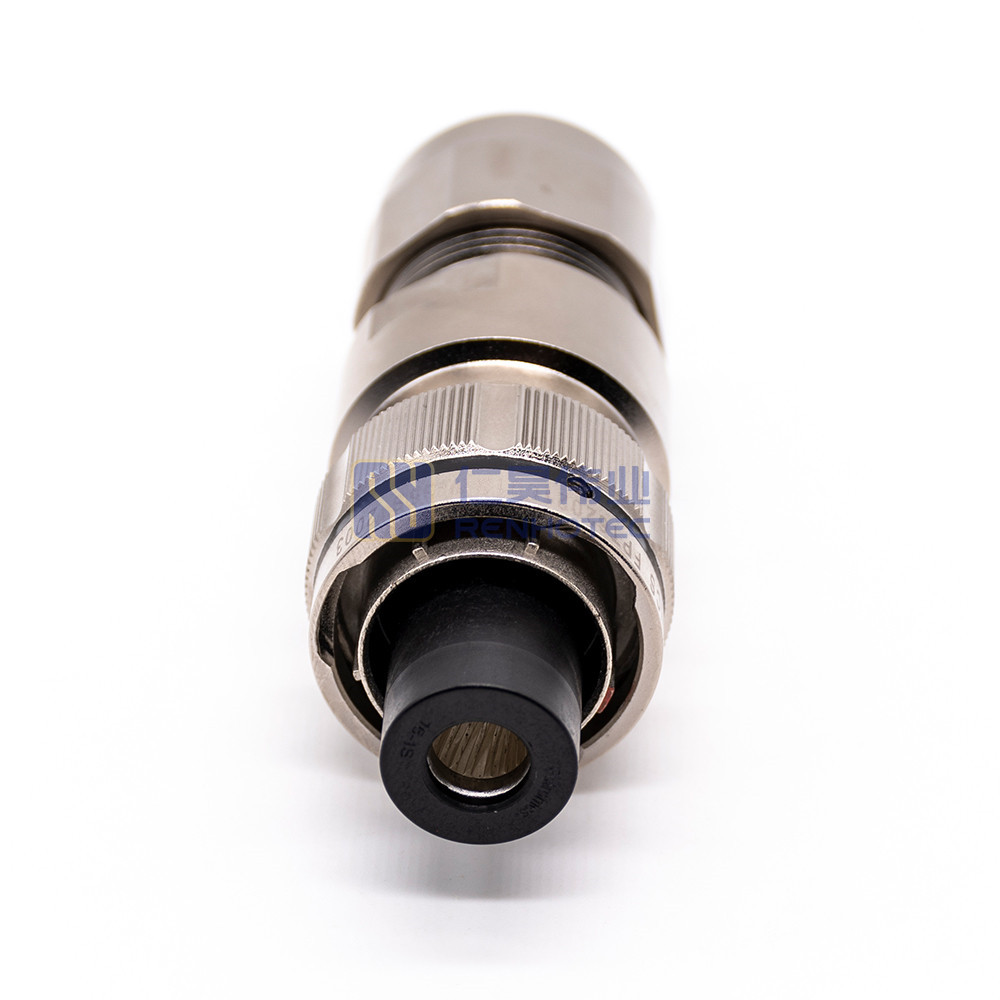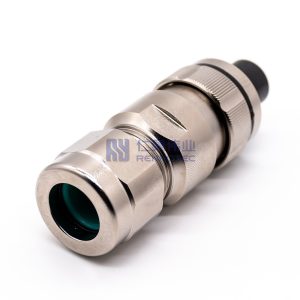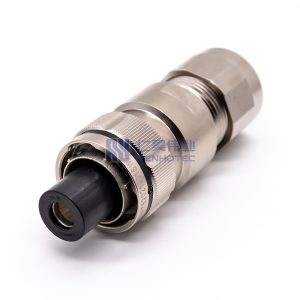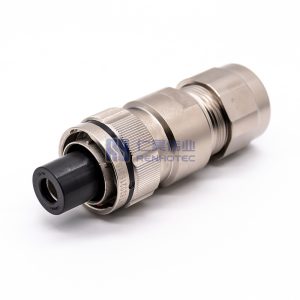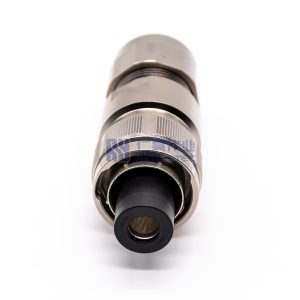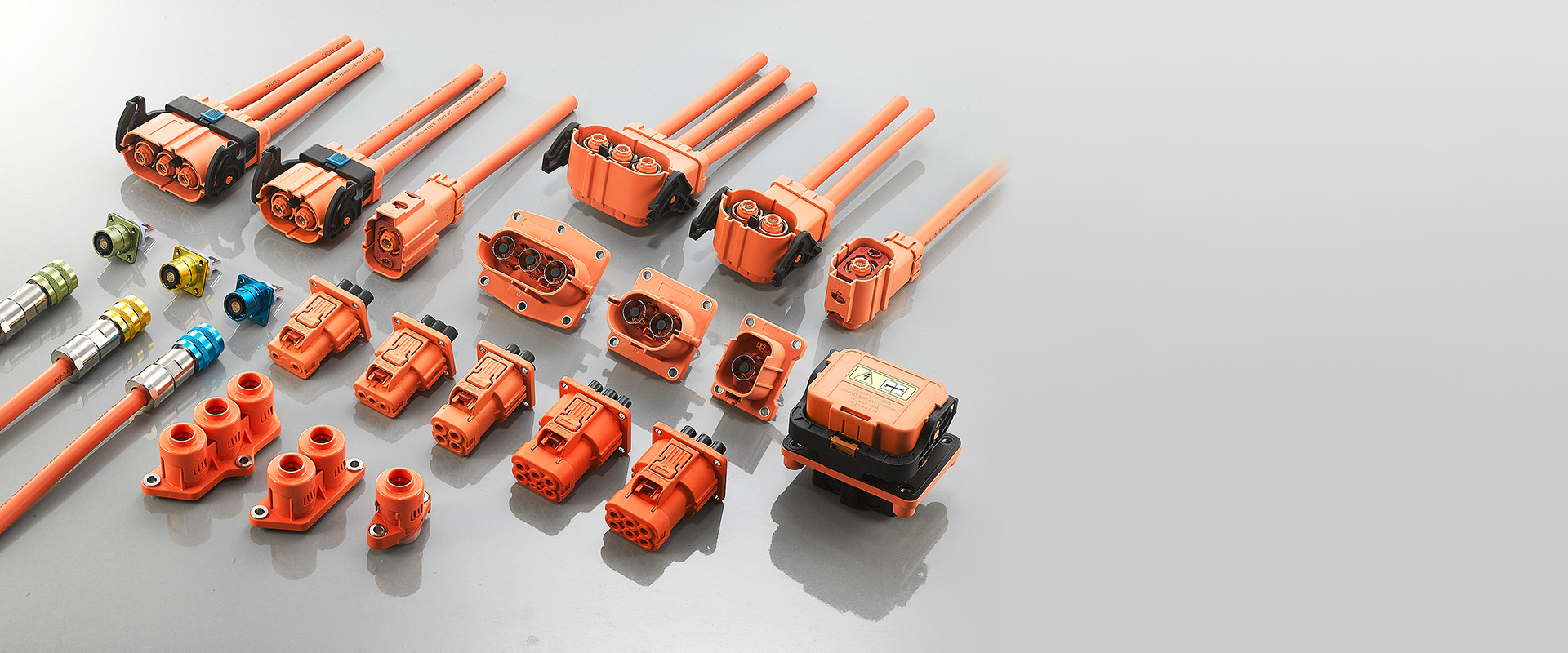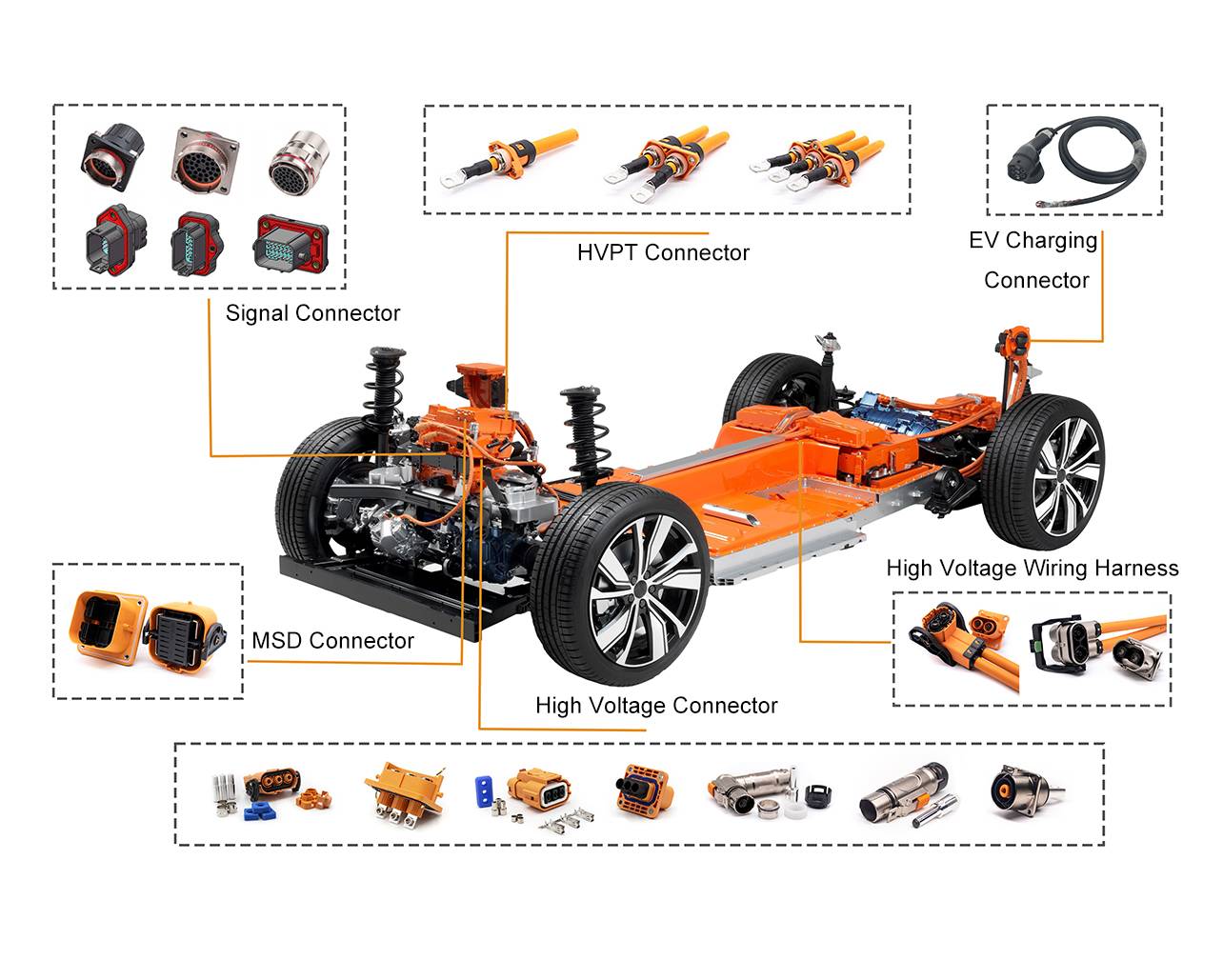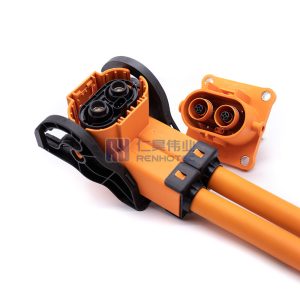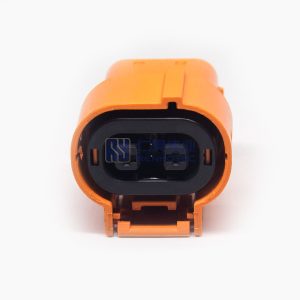Product Type
| Connector Type | |||
|---|---|---|---|
| Orientation | |||
| Number of Positions | |||
| Mounting Type | Cable Mount |
||
| Wire Gauge | 25m㎡ |
||
| Key | W |
||
| Shell Material | Zinc Alloy |
||
| Connector Type | Orientation | ||
| Number of Positions | Mounting Type | Cable Mount |
|
| Wire Gauge | 25m㎡ |
Key | W |
| Shell Material | Zinc Alloy |
Contact Type
| Contact Termination | Crimp |
||
|---|---|---|---|
| Contact Material | Copper Alloy |
||
| Contact Finish | Nickel Plating |
||
| Contact Termination | Crimp |
Contact Material | Copper Alloy |
| Contact Finish | Nickel Plating |
Electrical Characteristics
| Rated Current | |||
|---|---|---|---|
| Rated Voltage | 1000V |
||
| Rated Current | Rated Voltage | 1000V |
Environmental Characteristics
| Ingress Protection | IP67 |
||
|---|---|---|---|
| Flammability | UL94 V-0 |
||
| Operating Temperature | -40℃~125℃ |
||
| Ingress Protection | IP67 |
Flammability | UL94 V-0 |
| Operating Temperature | -40℃~125℃ |
Connector for High Voltage Inter Lock (HVIL) System in EV
HVIL (High Voltage Interlock) is a safety feature that uses a low voltage circuit to monitor the integrity of the high voltage
circuit, designed to protect those who may come into contact with the high voltage system of an electric vehicle.The main electrical components in the electric vehicle (EV) high voltage interlock system are the HVIL connector and the MSD(Manual Service Disconnect) connector.
HVIL connectors family features a wide temperature and wire range and multiple keying options for many electric vehicle applications. Assembly is simplified with a lever assist for low insertion force.
HVIL connectors provide a robust design that optimizes package size and plug and header selections to create multiple wire harness assembly routing options. The touch-proof HVIL connectors and headers are engineered with 90-degree and 180-degree plugs and feature an integrated internal HVIL function and EMI shielding.
Product Selling Points
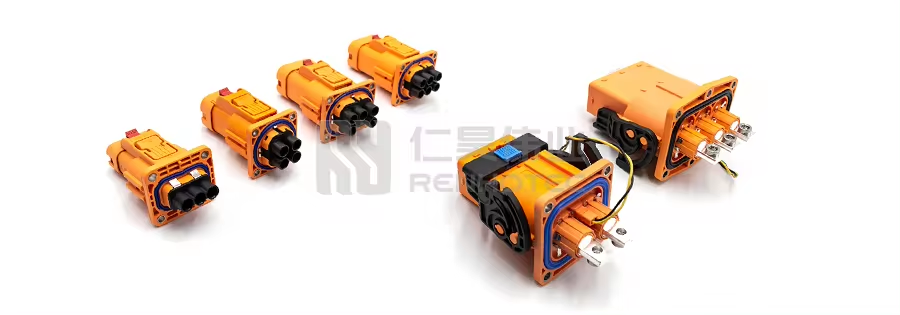
1. Multiple Solutions for HVIL Systems in EV
We offers a multiple set of automotive HVIL system solutions with high voltage connectors from 1-6 poles. The high voltage connectors are engineered with 90-degree and 180-degree plugs and feature an integrated internal HVIL function and EMI shielding.
2. Safe, High-quality and Convenient
The high-voltage connectors are made of PA66 insulation and have passed a high temperature test of 128°C for 1008 hours. Assembly is simplified with a lever assist for low insertion force.
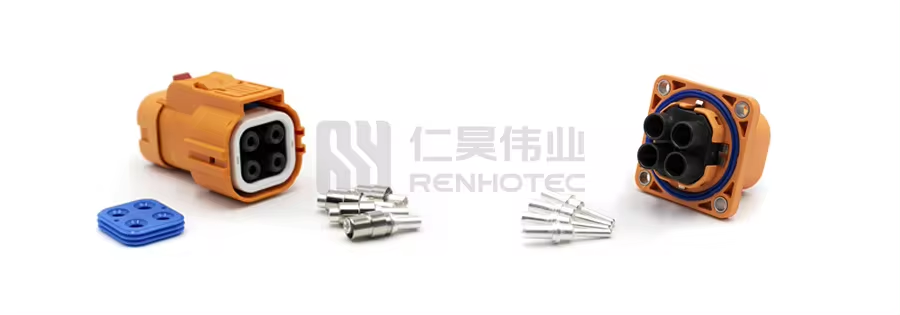

3. Advanced Contact Design
The core technology for any power connection system is the contact. We uses advanced contacts designed to maximize power transfer while minimizing space requirements and minimizing the length and diameter required for a given current while maintaining a good temperature response.
Product Segmentation Showcase
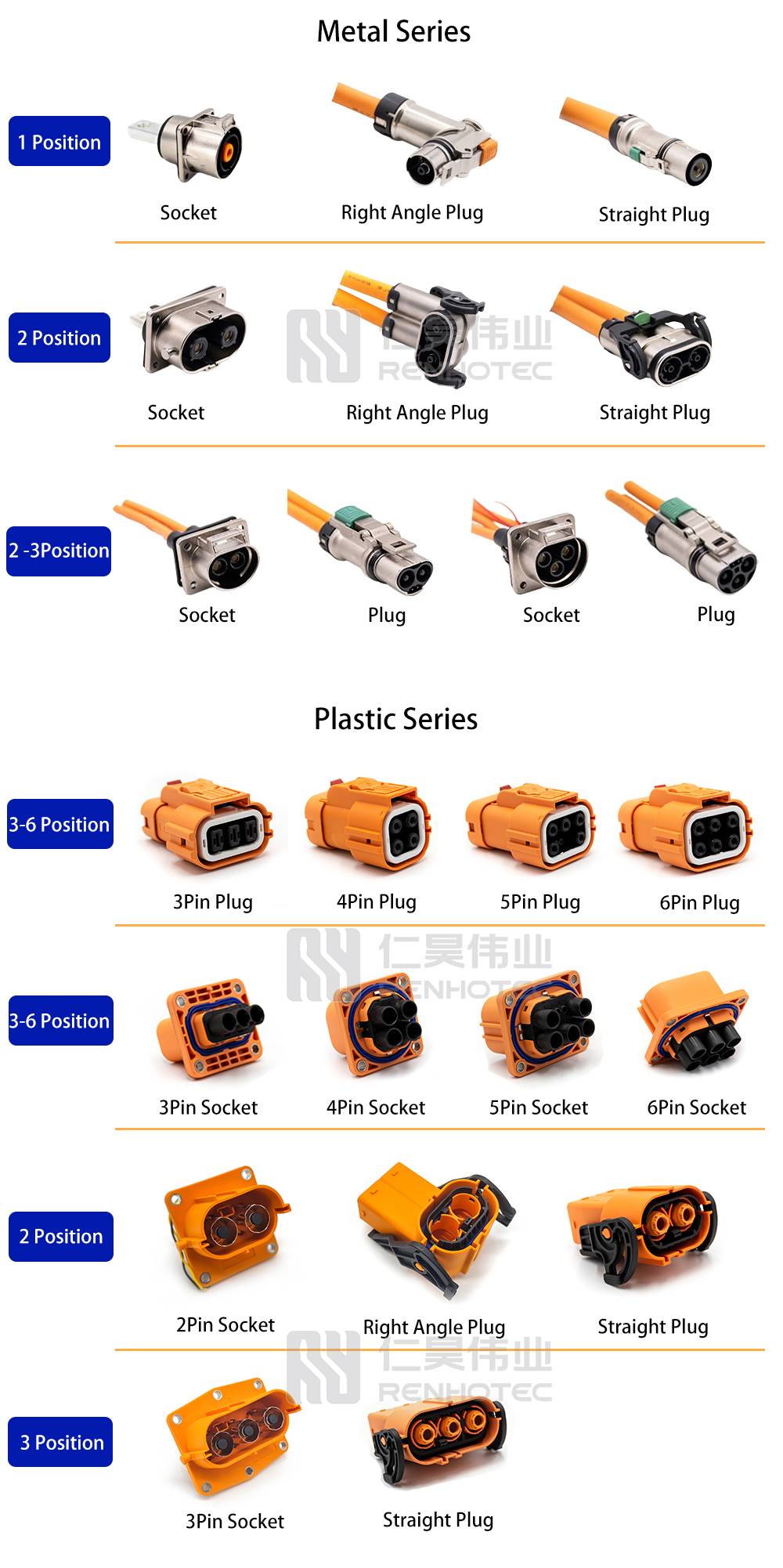
Customer Cases
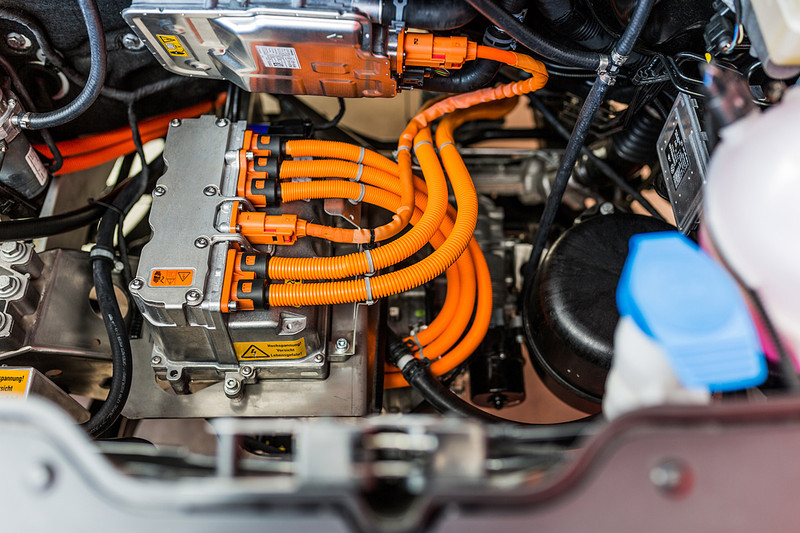
Project QTY:500PCS
Item:HVIL Connector
Location:Germany
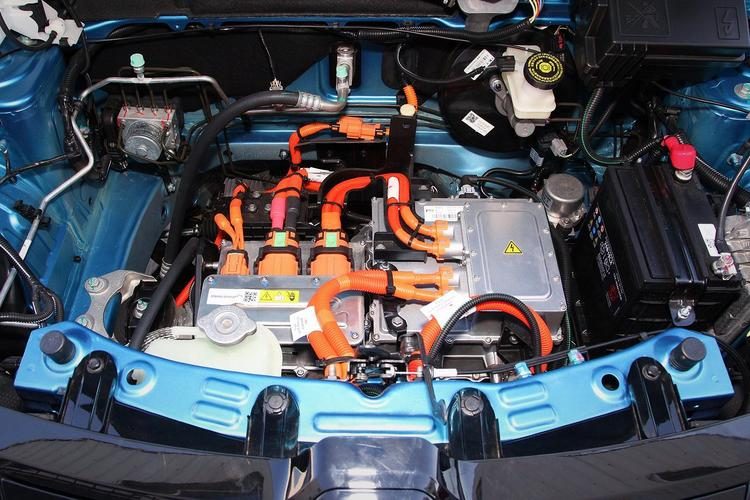
Project QTY:1200PCS
Item:HVIL Connector
Location:Brazil
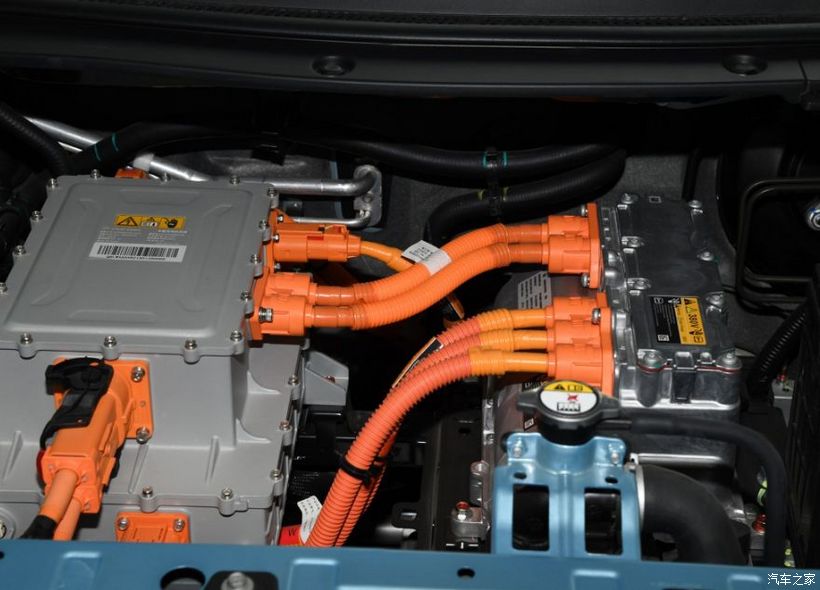
Project QTY:500PCS
Item:HVIL Connector
Location:America
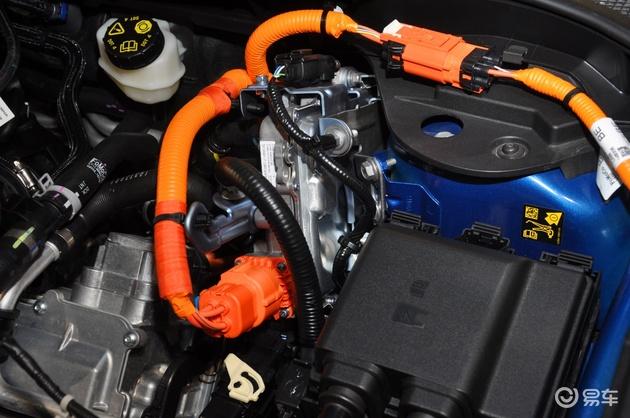
Project QTY:500PCS
Item:HVIL Connector
Location:Australia
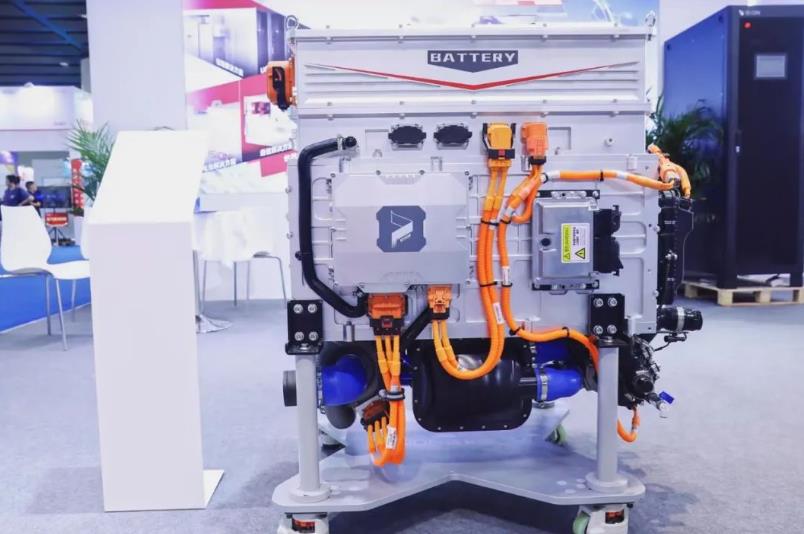
Project QTY:500PCS
Item:HVIL Connector
Location:Turkey

Project QTY:500PCS
Item:HVIL Connector
Location:Canada
Product Shipping Diagram
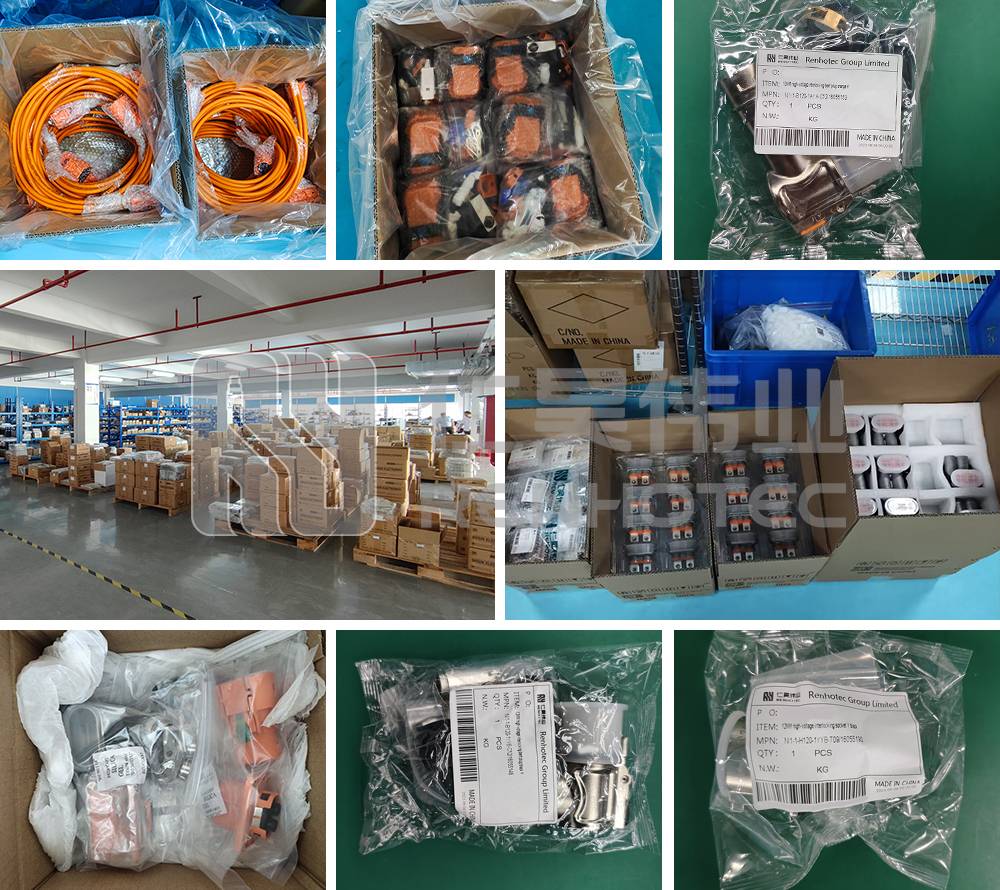
FAQ
The high-voltage connector is an electrical connection component used to transmit high-voltage current and signals, providing 800V-1000V voltage transmission, which is widely used in new energy vehicles, power systems, rail transit, and other fields.
The high-voltage connector is mainly composed of four basic structures: contacts, insulators, housing, and accessories. The contacts are the core for electrical connectivity. The insulator supports the contacts and ensures electrical insulation. The housing is used to protect the entire connector.
There are many types of high-voltage connectors, including unipolar/multipolar, shielded/unshielded, metal/plastic housing, straight/angled, threaded/locking, etc. In addition, depending on the application scenario, there are various models suitable for different voltage levels and current carrying capacity.
Most high voltage connectors, such as Renhotec models, operate within a temperature range of -40 ° C to +125 ° C. However, the specific operating temperature range may vary according to different models and application scenarios.
The high voltage connector must meet electrical performance requirements such as insulation resistance, dielectric loss Angle tangent, discharge current, and voltage resistance test at the rated voltage. During the production process, high voltage connectors are usually subjected to 100% voltage resistance and insulation testing to ensure that there is no risk of poor voltage resistance or insulation during assembly.
Many high-voltage connectors, including Renhotec models, offer IP67, IP68, and IP69K protection ratings. This means they provide excellent dust and water resistance, ensuring reliable performance in harsh environments like rain, dust storms, or high-pressure cleaning.
The service life of high voltage connectors is affected by factors such as material quality, production processes, and operating conditions. In general, high-voltage connectors that have been rigorously tested and verified have high reliability. For example, in mechanical shock and vibration tests, the connector is required to be free of damage, cracking or deformation after completion of the test.
The maintenance of high voltage connectors is very important, mainly including the following aspects:
– Regularly inspect and clean] contact surfaces to remove dirt and oxides.
– Check the fastening of the fixture to ensure the stability of the connector.
– Check the integrity and wear resistance of the insulation material.
– Check the conductivity and heat dissipation of the electrode.
– Periodically test insulation resistance, contact resistance and other performance indicators.
In new energy vehicles, high voltage connectors are mainly used in high voltage control boxes, air conditioning compressors, car chargers, DC-DC converters, PDU, MSD, charging ports, and more. With the high voltage development trend of new energy vehicles, the demand for high voltage connectors is also increasing.
Future trends for high voltage connectors include integration, intelligence, lightweight, and high performance. Examples include smart connectors with sensors for remote monitoring and diagnostics, and connectors using new materials (e.g., advanced composites) and optimized structures to reduce weight while maintaining strength.

